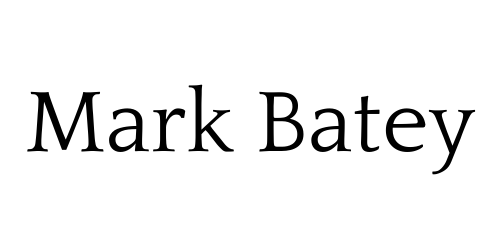While the definition of culture is debated between cultural anthropologists, social psychologists and the like, the term generally refers to a body of knowledge, customs, rituals, language and beliefs that circulate in societies and influence our behavior. Developments in one cultural domain can often impact another, seemingly unrelated one. Those domains include fashion, movies, music, art, design, sports and cuisine, among others.
From a product or category perspective, marketers need to be aware of the meanings that inhere in the relatively ordinary objects that surround us. Consider the socio-cultural meanings of lipstick, for example. From a branding perspective, the fact that people bring their own cultural reference points when they encounter brands and their communication is vital to understanding how the co-creation of brand stories plays out.
It is important to differentiate between fads and trends, just as it is to identify whether a trend is emerging or waning. If a trend is surfacing in a certain domain, or domains, is it indicative of a broader, underlying phenomenon? Did the metrosexual trend, and the healthy eating trend, lead to a general feminization of American culture or reflect it? Speaking of which, consider the emotional charge of the word “feminism” today compared with 20 or 30 years ago.
These trends equate to huge revenues and burgeoning markets. The metrosexual trend, with its poster child of David Beckham (not to mention Brad Pitt and Christiano Ronaldo), generated a boom in male grooming categories such as skincare and other “cosmaceuticals.” Only 4% of European men used a skincare product in 1990, compared to a whopping 20% in 2003. If the explosive growth, and references to Menaissance Man and Metrosexual Male, have recently receded somewhat in more developed markets, it is partly a reflection of the red hot trend, as often, evolving into more mainstream behavior.
Once a brand has established itself in a given market, the task for the brand meaning manager is to anticipate and identify future trends, and to ensure that the brand remains culturally relevant. Given how rapidly culture morphs and evolves, achieving that is no mean feat.
